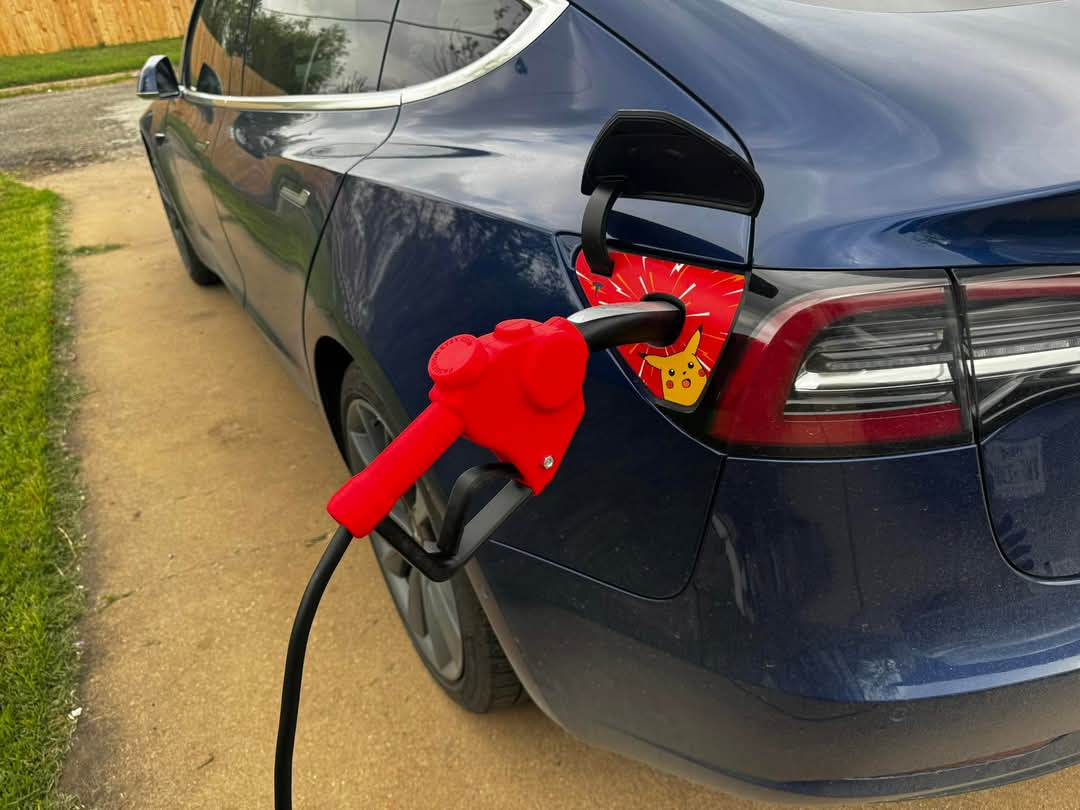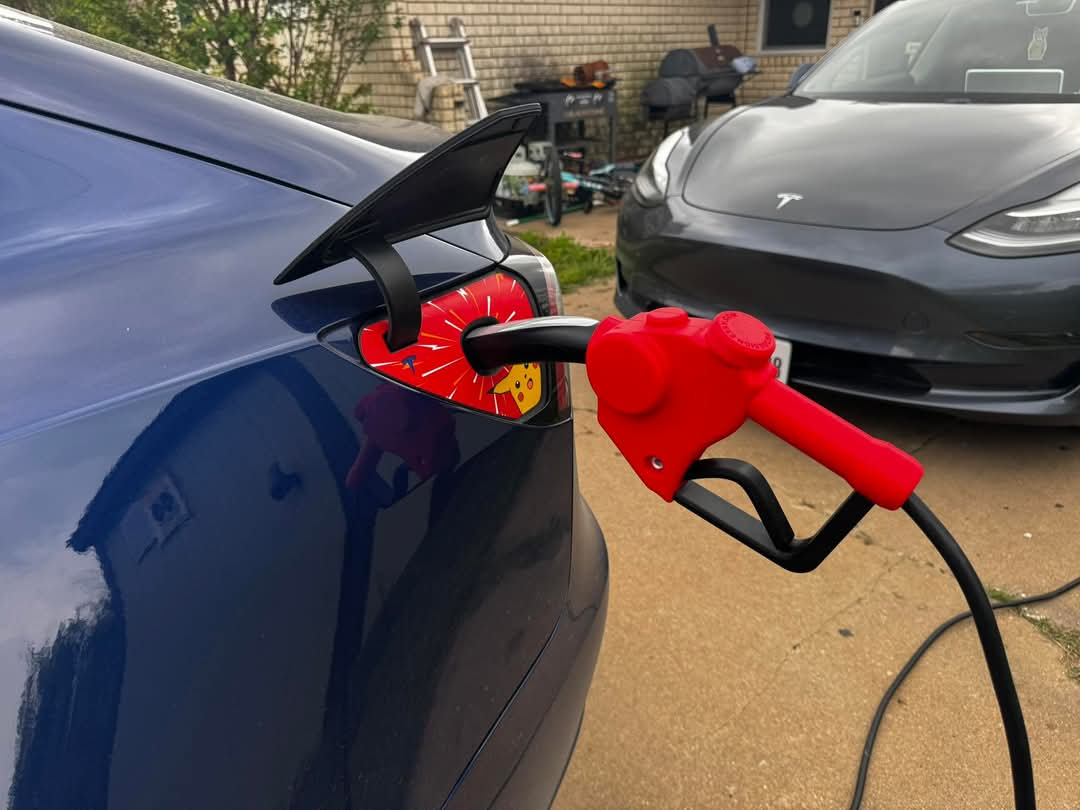- Μηνύματα
- 59.971
- Reaction score
- 146.480
Θα πληρώσεις μπριζόλες και θα μάθεις.
Μη στεναχωριέσαι καθόλου!


Μη στεναχωριέσαι καθόλου!

Τι με πέρασες; Κανέναν φαταούλα;Ελα ρε ! λίγα ζητάς.
Κάντο τουλάχιστον 10 .
Ένα κομμάτι από ένα σουβλάκι δηλαδή;Εγώ θέλω το 5% από κάθε κερδισμένη μπριζόλα.
Γίνεται να παίξω κι εγώ; Θα βάλω στοίχημα με τον @Gebreselassie ότι θα χάσει ο @costas EAR και θα τρώμε τις μπριζόλες δύο δύο!Μπορούν να μπουν και εξωτερικά στοιχήματα, για το ποιος θα κερδίσει.
πχ βάζεις εσύ με τον @alexis μια μπριζόλα για το αν θα κερδίσω εγώ ή ο @costas EAR και την τρώτε στην Αθήνα.
Εγώ θέλω το 5% από κάθε κερδισμένη μπριζόλα.

Ποιος θα στοιχηματίσει υπέρ του Κώστα; Που να βρείτε θύματα εκεί κάτω;Γίνεται να παίξω κι εγώ; Θα βάλω στοίχημα με τον @Gebreselassie ότι θα χάσει ο @costas EAR και θα τρώμε τις μπριζόλες δύο δύο!






